1. Artifact Analysis and Classification
AI algorithms can analyze and classify artifacts from images or 3D scans, identifying patterns and details that might be missed by the human eye.
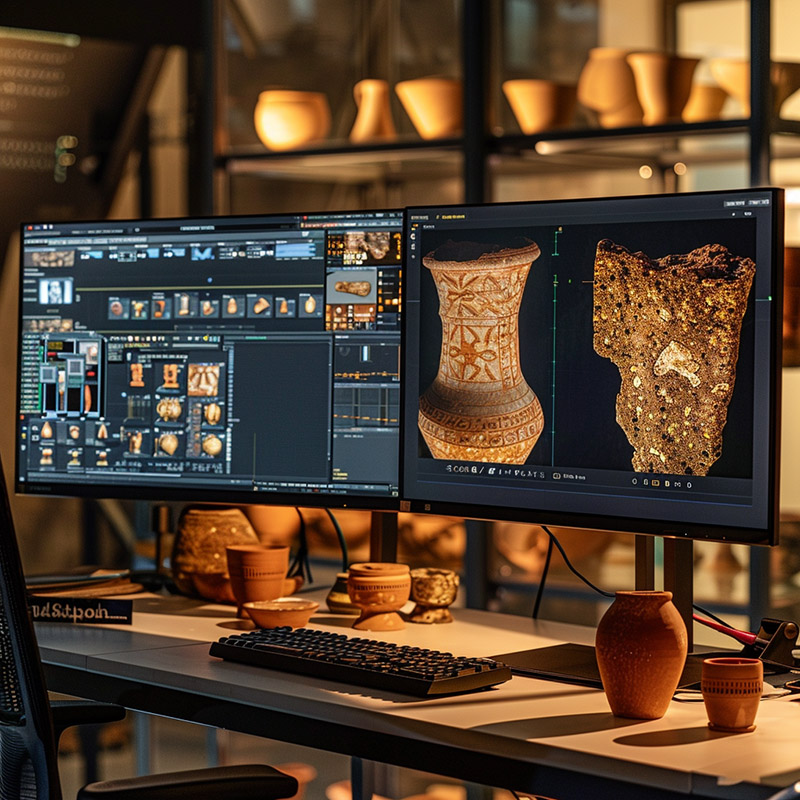
Classification Before AI
The manual analysis and classification of artifacts were time-consuming and prone to human error, relying heavily on the expertise and subjective interpretations of archaeologists. This process often resulted in inconsistencies and a slower pace of discovery.
Classification After AI
With AI, artifact analysis has become more accurate and efficient. Algorithms can now quickly identify patterns and features, classifying artifacts with a high degree of precision. This technology allows for the processing of large volumes of artifacts at a speed unattainable by human researchers, leading to faster and more consistent findings.
2. Site Discovery
By analyzing satellite imagery and LiDAR data, AI can help archaeologists identify potential archaeological sites that are difficult to detect through conventional methods.
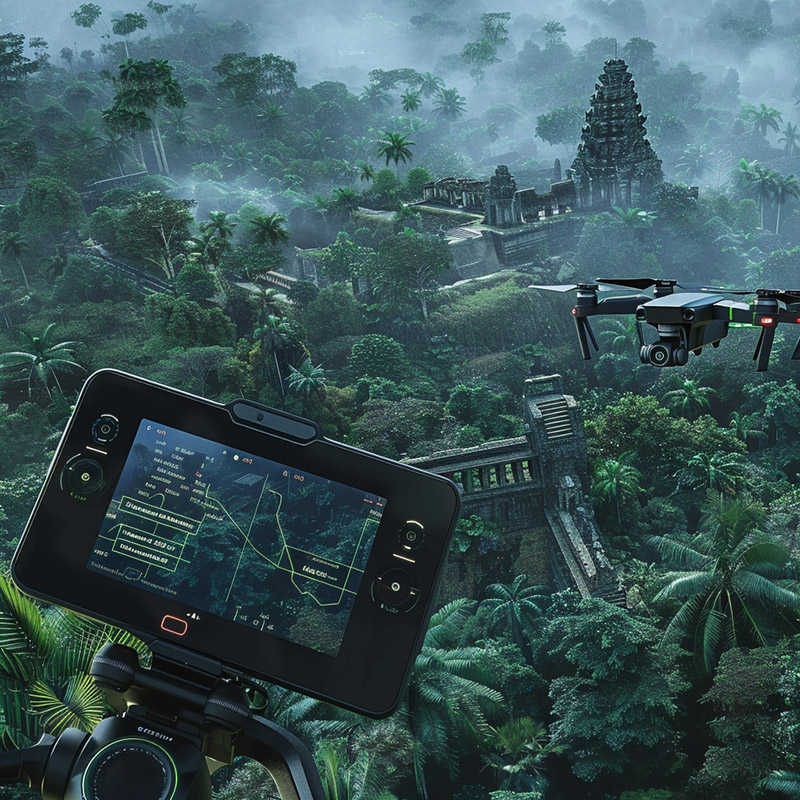
Discovery Before AI
Discovering archaeological sites was often a matter of chance or required extensive field surveys, making it a resource-intensive process with unpredictable outcomes.
Discovery After AI
AI-enhanced drones and satellite imagery now allow for the identification of potential archaeological sites from above, even in densely vegetated or inaccessible areas. This approach significantly increases the efficiency of site discovery, opening up new possibilities for exploration without the need for extensive groundwork.
3. Predictive Modeling for Site Locations
AI can use historical data and geographic information to predict where undiscovered archaeological sites might be located, helping to focus excavation efforts more effectively.
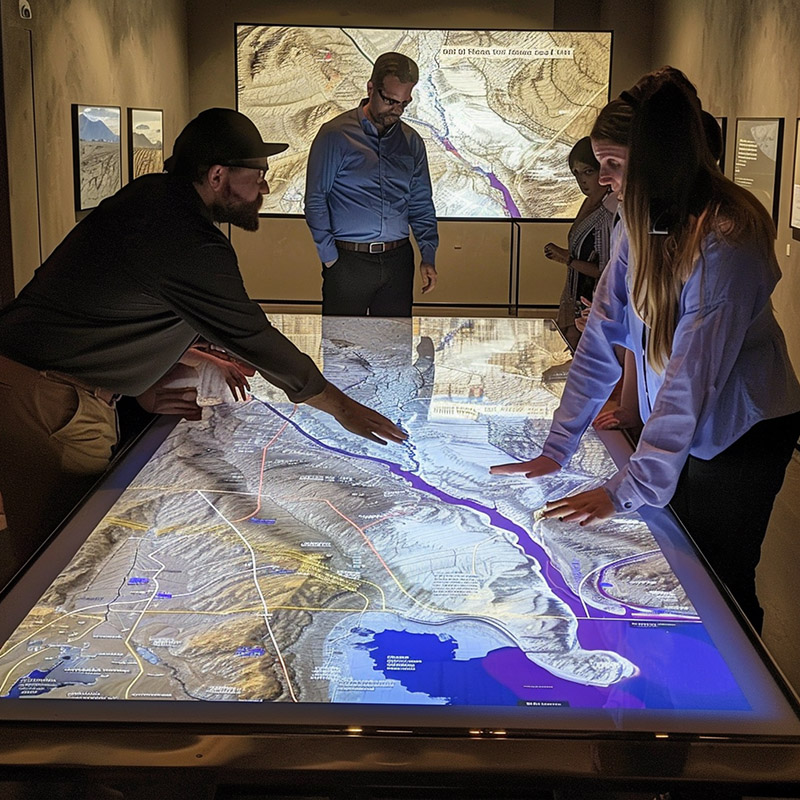
Prediction Before AI
Predicting potential archaeological sites was largely speculative, based on limited historical data and intuition. This approach often led to missed opportunities and inefficient allocation of resources.
Prediction After AI
AI's predictive modeling uses vast datasets to identify likely archaeological sites, factoring in historical, environmental, and geographical data. This method has revolutionized how archaeologists prioritize and plan their excavations, leading to more targeted and successful explorations.
4. Deciphering Ancient Texts
AI and machine learning algorithms can assist in deciphering ancient scripts and languages that have been long lost, providing new insights into historical cultures.
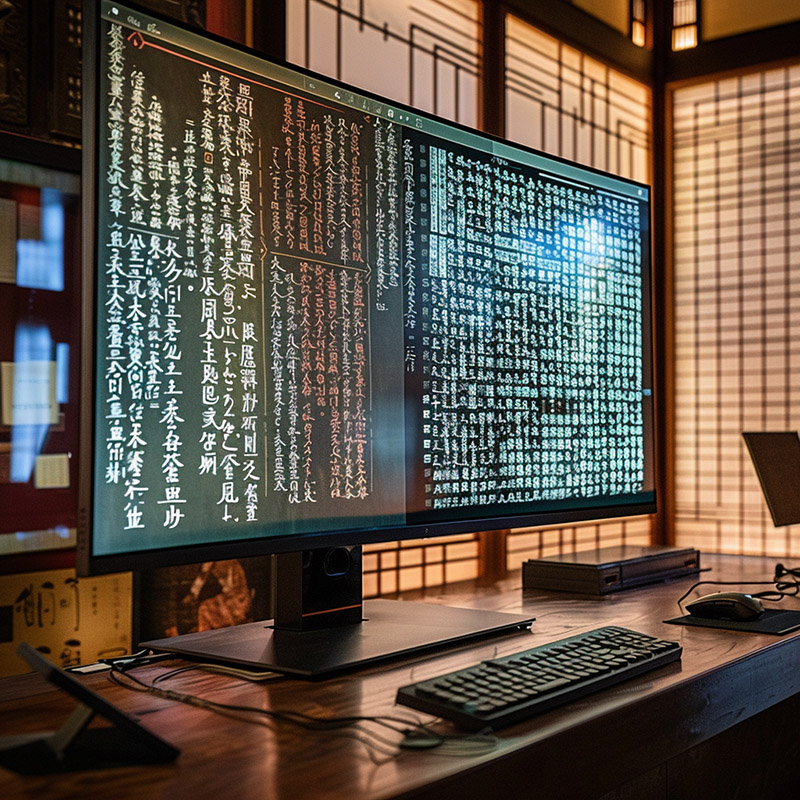
Deciphering Before AI
Deciphering ancient texts was a slow and specialized process, with scholars spending years, if not decades, translating and understanding historical languages.
Deciphering After AI
AI algorithms now assist in deciphering ancient texts, translating unknown scripts more rapidly and with greater accuracy. This advancement has accelerated the understanding of ancient cultures and languages, making historical texts accessible to a wider audience.
5. Preservation and Restoration
AI can predict the deterioration patterns of archaeological sites and artifacts, assisting in the development of preservation strategies and in some cases, even suggesting restoration details.
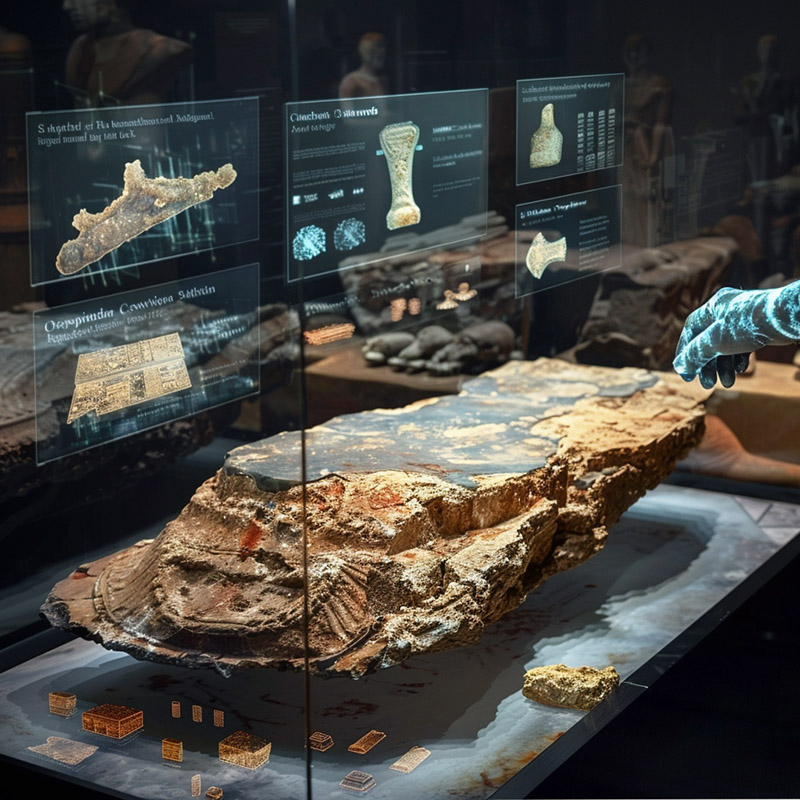
Restoration Before AI
Decisions regarding the preservation and restoration of artifacts and sites were based on limited data and expertise, often leading to irreversible decisions or the loss of valuable historical information.
Restoration After AI
AI now aids in the preservation and restoration process by simulating various scenarios and outcomes, allowing for informed decisions that ensure the longevity and integrity of artifacts. This approach has greatly improved the preservation of cultural heritage.
6. 3D Reconstructions
AI-driven software can generate detailed 3D reconstructions of archaeological sites or artifacts from fragmented remains, offering a glimpse into the past structures and objects in their original form.
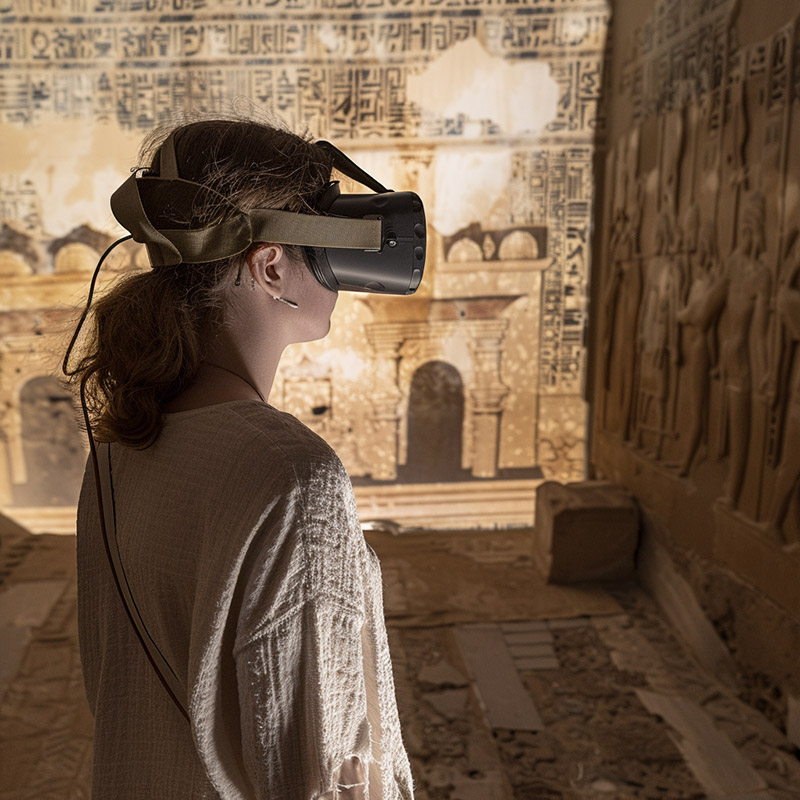
Reconstruction Before AI
Accurate reconstructions of archaeological sites required extensive research and often resulted in static models that could not easily be shared or explored.
Reconstruction After AI
AI-driven 3D reconstructions have transformed how we visualize ancient sites, creating interactive and immersive models from limited physical remains. This technology allows for a more engaging and educational exploration of historical sites, accessible to both researchers and the public.
7. Automated Excavation Analysis
AI can analyze excavation data in real-time, providing insights and identifying patterns as the excavation progresses, which can lead to more informed decision-making on-site.
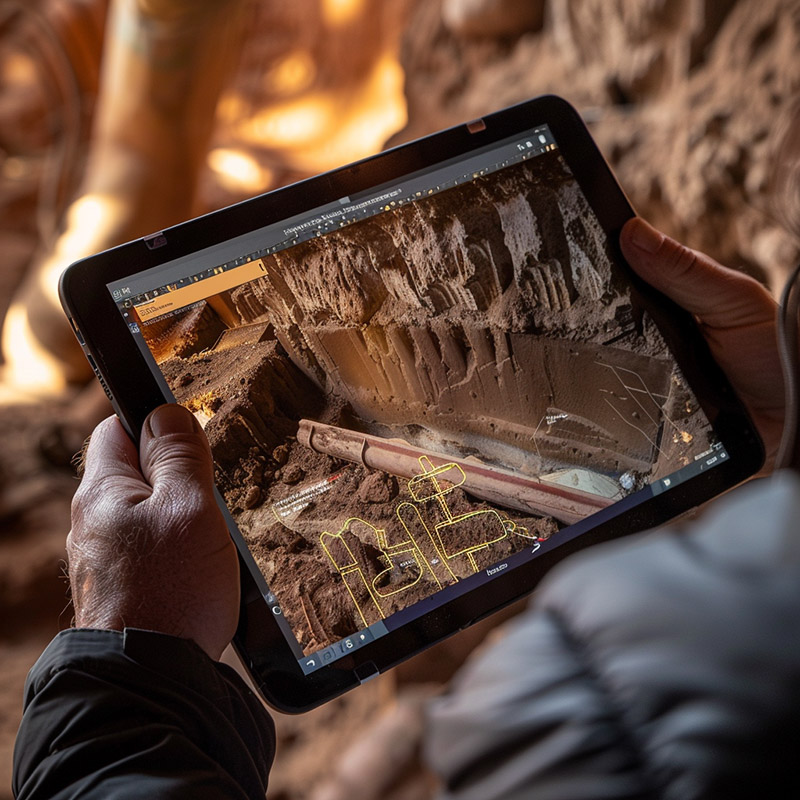
Excavation Before AI
Analyzing an excavation site was a manual process, with archaeologists meticulously recording and interpreting each layer and finding, which was time-consuming and prone to oversight.
Excavation After AI
AI now automates much of the excavation analysis, quickly interpreting data from the field to provide real-time insights. This advancement allows archaeologists to make informed decisions during the excavation process, improving the efficiency and accuracy of their work.
8. Cultural Heritage Management
AI can help in managing and protecting cultural heritage by monitoring changes in archaeological sites over time, detecting unauthorized activities or environmental threats.
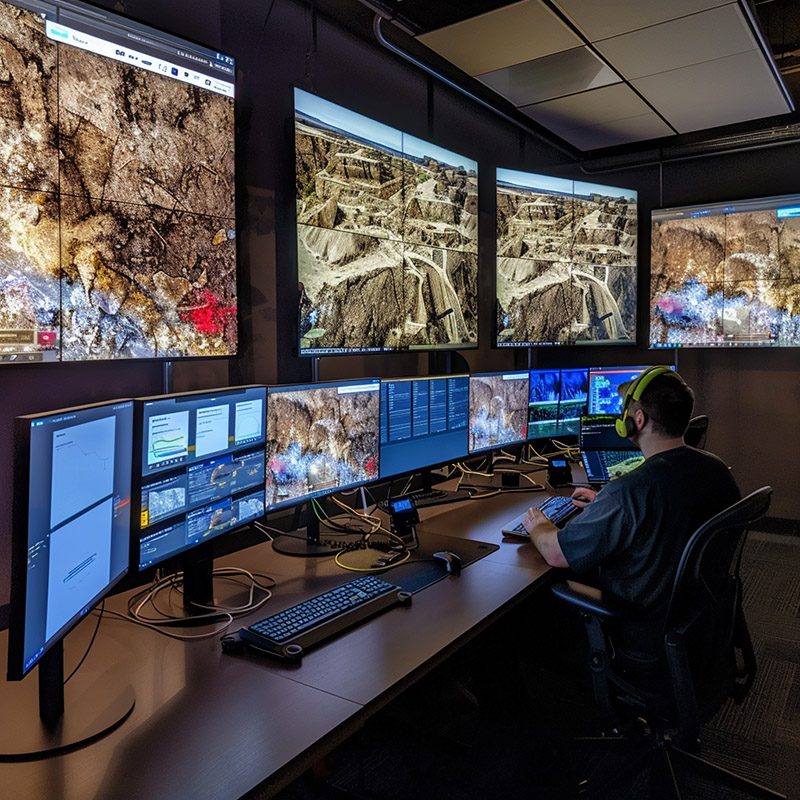
Protection Before AI
Managing and protecting cultural heritage sites was challenging, with limited resources to monitor and respond to threats such as looting or environmental damage.
Protection After AI
AI-enabled surveillance and monitoring systems now provide comprehensive protection for cultural heritage sites, detecting changes and potential threats in real-time. This proactive approach to heritage management ensures better preservation of archaeological sites for future generations.
9. Enhanced Dating Techniques
AI algorithms can improve the precision of dating methods like radiocarbon dating, by analyzing a vast array of data points to refine age estimates of artifacts and sites.
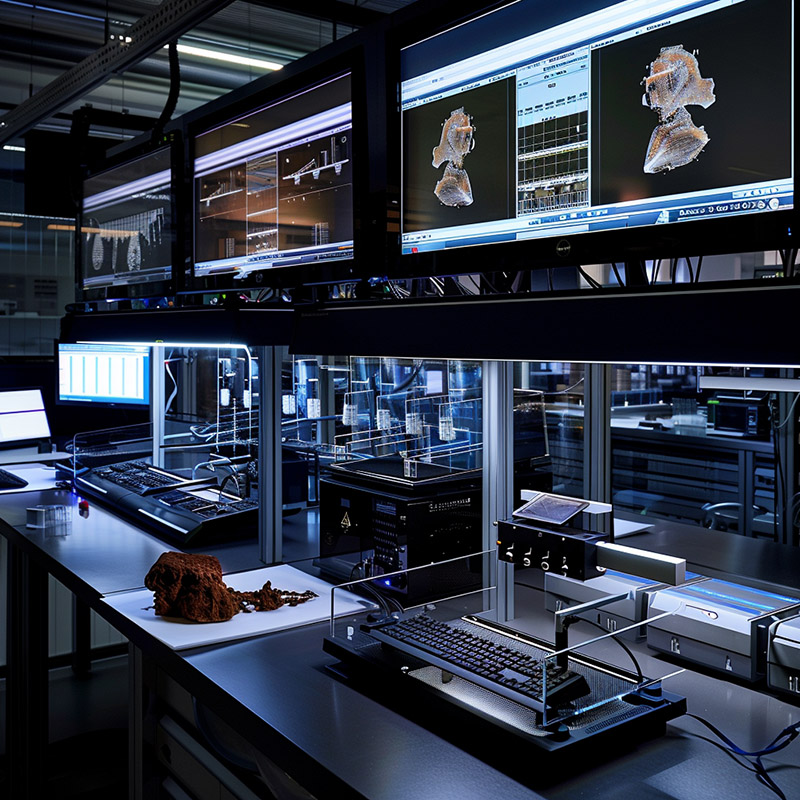
Dating Before AI
Dating artifacts and sites was often fraught with uncertainty, with traditional methods providing broad estimates that could vary significantly.
Dating After AI
AI has refined dating techniques, analyzing data with greater precision to provide more accurate timelines. This precision has improved the understanding of historical timelines and the relationships between different cultures and sites.
10. Virtual Reality (VR) and Augmented Reality (AR) Experiences
AI can enhance VR and AR applications for archaeology, creating immersive experiences that allow for virtual tours of archaeological sites or reconstructions, making ancient cultures more accessible to the public and researchers alike.
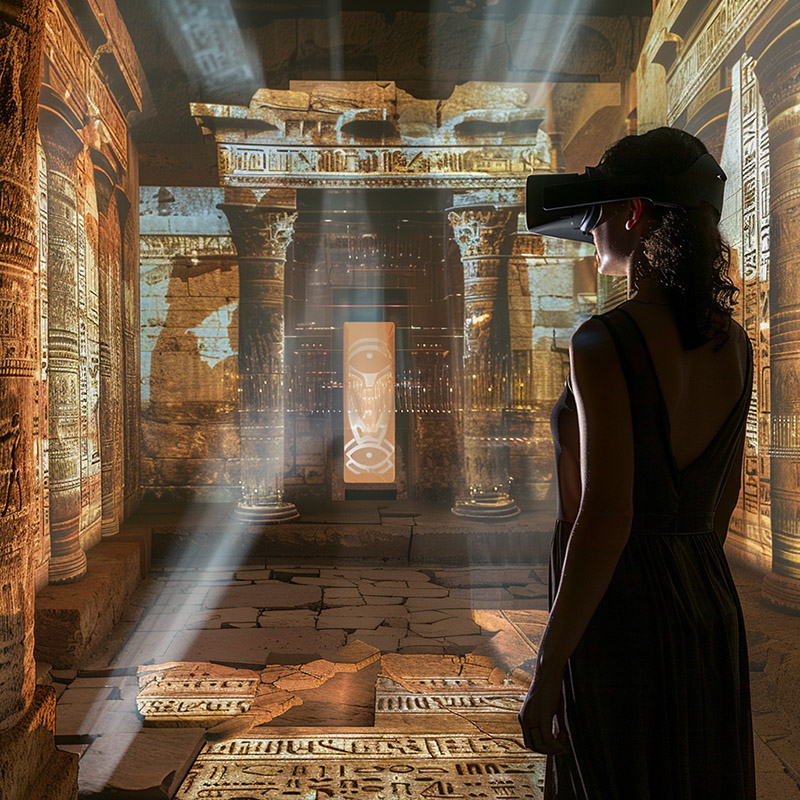
Access Before AI
Access to archaeological sites and understanding their historical context was limited to those able to visit in person or through static displays in museums.
Access After AI
AI-powered VR and AR experiences have democratized access to archaeological sites, allowing users worldwide to explore ancient civilizations in an interactive and immersive manner. This technological advancement has made history more accessible and engaging, enhancing educational opportunities and cultural appreciation.